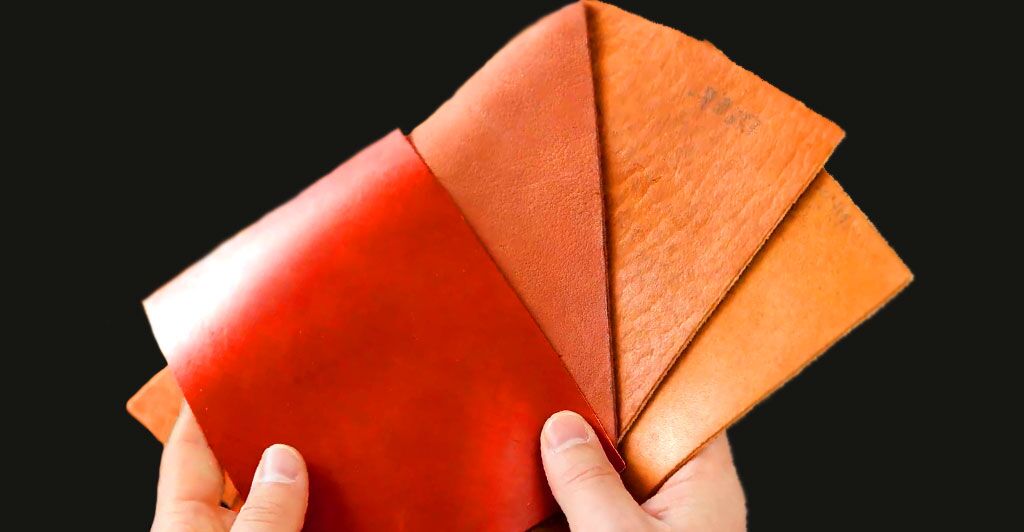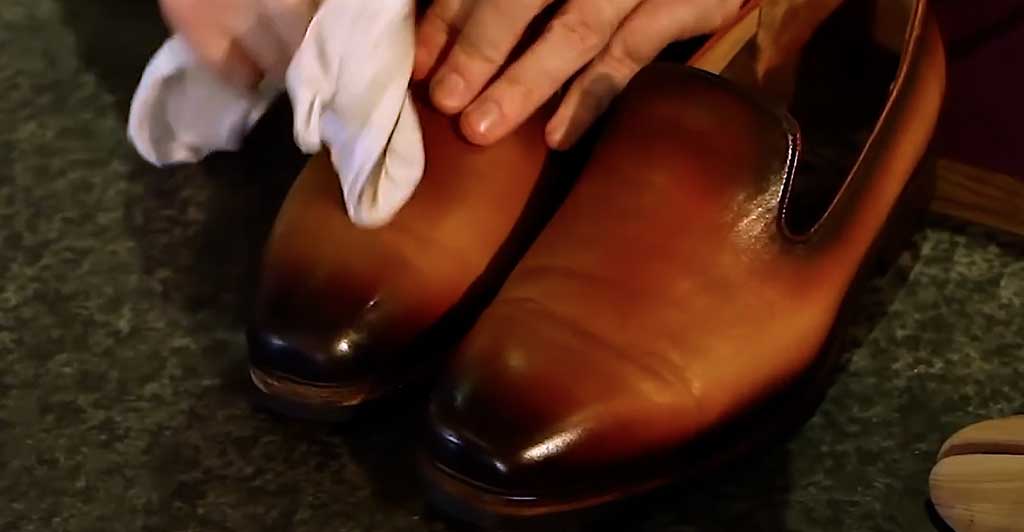When you embark on a journey into the world of leatherwork, the first thing you encounter is the array of tools and materials designed to transform this versatile material into works of art. One particular question tends to resurface amongst both beginners and seasoned leather craftsmen: Do you need leather glue to sew leather? The answer might surprise you, and the explanation might offer you insight into the fascinating world of leatherwork.
Sewing Leather: A Unique Challenge
When it comes to sewing leather, there’s a world of difference compared to sewing fabric. For one, the holes made in leather are permanent. You can’t make a mistake and then simply pull the thread out to start over. Additionally, leather’s thickness makes it harder to sew, requiring specialized needles and thread. It’s this very uniqueness that raises the question: do you need leather glue to sew leather?
Leather Glue: A Handy Companion in Leatherwork
Let’s discuss leather glue. It’s an adhesive designed specifically for binding leather together. It offers a strong hold, making it an invaluable tool for leatherworkers. However, it’s not always necessary for every leather project.
The Role of Leather Glue in Sewing Leather
The role of leather glue in sewing leather is largely dependent on the specific project and the craftsman’s skill level. For beginners, leather glue can be an essential tool. It helps to hold the pieces of leather together before sewing, reducing the chances of errors. This can be especially helpful when working on intricate designs, where the accuracy of stitch placement is crucial.
For more experienced leatherworkers, leather glue can still play a significant role. In larger projects, where pieces of leather need to be held together securely before sewing, leather glue can be a lifesaver.
However, it’s important to note that leather glue isn’t typically used as a standalone method of joining leather pieces. While it provides a strong bond, it doesn’t offer the same durability and aesthetic appeal as stitching.
The Intricate Dance of Glue and Stitch
The use of leather glue in combination with stitching can lead to a harmonious balance. The glue holds the leather in place, while the stitching provides the strength and durability needed for the finished product. This method also allows for a clean, professional finish, as the glue prevents the leather from shifting during stitching, which can cause irregular lines and an untidy finish.
Another advantage of using leather glue before sewing is that it can make the sewing process easier. By holding the leather pieces together, it reduces the strain on your hands and makes it easier to control the needle and thread.
Despite its benefits, it’s crucial to understand when to use leather glue. For simple projects, or when working with thinner leather, the use of leather glue might be unnecessary. The glue can add extra bulk and stiffness, which can affect the final look and feel of the product.
Moreover, if you’re working with high-quality, expensive leather, you might want to avoid using leather glue. The glue can sometimes leave a residue or stain that can detract from the beauty of the leather.
Do You Need Leather Glue to Sew Leather?
Having explored the intricacies of leatherwork, the roles of sewing and gluing in the process, and the pros and cons of using leather glue, we come back to the question: Do you need leather glue to sew leather?
The answer is nuanced: it’s not an absolute necessity, but it can be an incredibly helpful tool.
For beginners in the leather crafting world, leather glue can serve as an extra set of hands, holding the leather pieces together and making the sewing process much smoother. For experienced artisans working on larger, more complex projects, leather glue can enhance the accuracy and quality of the stitching.
However, it’s important to remember that while leather glue can make the process easier, it is not a substitute for sewing. The strength and durability of a leather item come from the stitches. The glue acts as a support, helping to hold the leather pieces in place, but the real star of the show is the stitching.
Also, it’s crucial to consider the type and quality of leather you’re working with. For high-quality, expensive leather, or thin, delicate leather, it might be best to forgo the glue to preserve the leather’s natural beauty and feel.
Conclusion
Understanding the role of leather glue in sewing leather allows you to make informed decisions about your leather projects. Whether you’re just starting your journey in leather crafting or you’re a seasoned artisan, knowing when and how to use leather glue can elevate the quality of your work and make the process more enjoyable.
Leather crafting is an art that combines skill, creativity, and a deep understanding of the material. The use of tools like leather glue is just one aspect of this complex craft. The most important element is your creativity and passion for creating beautiful, functional items from this timeless material.
In the end, the decision to use leather glue when sewing leather is up to you. It depends on your comfort level, the specifics of your project, and the kind of leather you’re working with. But, armed with this knowledge, you are now better prepared to navigate the intricate world of leatherwork.
So, do you need leather glue to sew leather? Not always, but when used correctly, it can certainly enhance your leather crafting journey.
FAQ
What are the best types of leather glue to use for various projects?
Different projects might require different types of leather glue. For instance, contact cement is an excellent choice for larger projects due to its strong bond. For more delicate work, a flexible glue like leathercraft cement or a rubber cement could be a better choice, as it allows for some movement without cracking or breaking the bond.
Can leather glue be used to repair torn leather items?
Yes, leather glue can be a great tool for repairing torn leather items. It provides a quick and easy solution to mend rips and tears. However, it’s essential to choose a glue that dries clear and blends well with your leather item to maintain its aesthetic appeal.





